We're sorry, but something went wrong
Please try reloading the page
We're sorry, but your browser is unable to play this video content.
If this continues please try upgrading your browser or contact us for assistance.
We're sorry, but this video is currently unavailable on mobile.
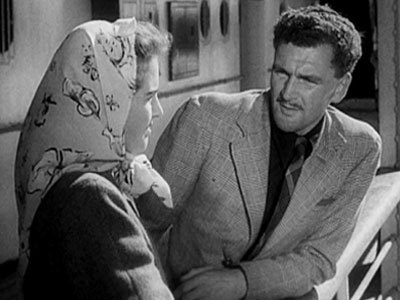
The first of four parts from this archival short drama.
The second of four parts from this archival short drama.
The third of four parts from this archival short drama.
The fourth of four parts from this archival short drama.
The first of four parts from this archival short drama.
The first of four parts from this archival short drama.
The second of four parts from this archival short drama.
The second of four parts from this archival short drama.
The third of four parts from this archival short drama.
The third of four parts from this archival short drama.
The fourth of four parts from this archival short drama.
The fourth of four parts from this archival short drama.
Journey for Three
Film (Full Length) – 1950
If you liked this, you might also like...
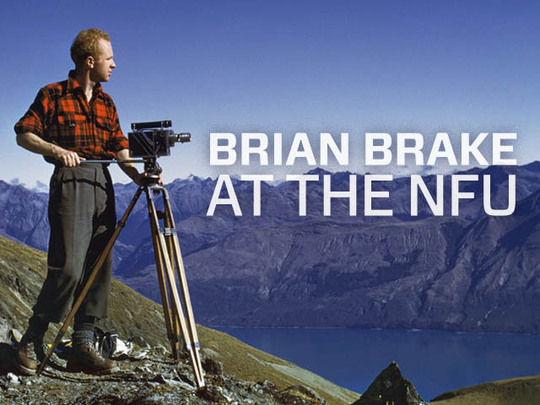
Brian Brake at the NFU
Photographer Brian Brake was also an accomplished...
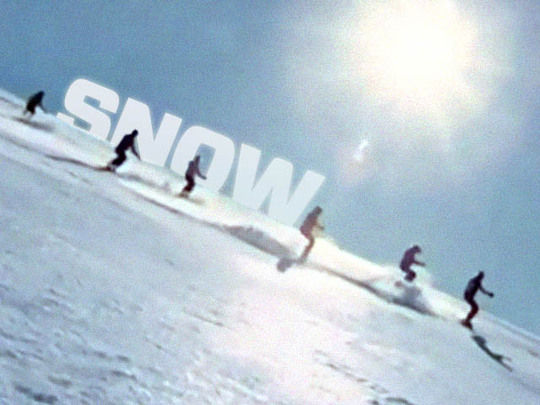
Snow
The Snow collection features titles about New Zealand's...
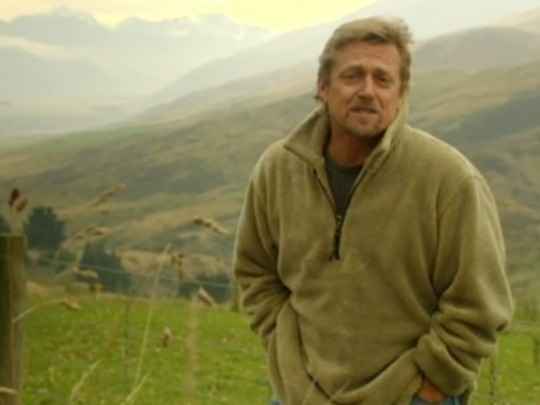
Here to Stay - The English
A series on settler groups who made NZ home
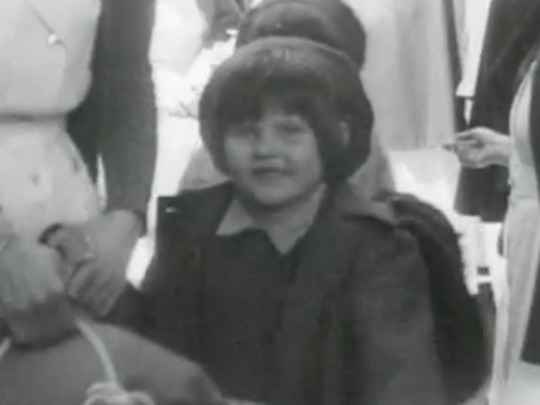
The Story of Seven-Hundred Polish Children
Another dramatic story about migration to NZ
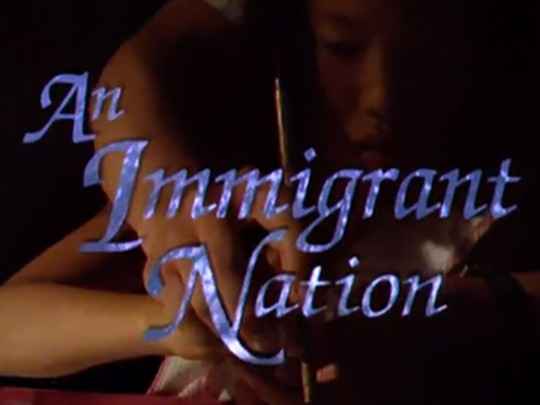
An Immigrant Nation
More settler stories

New Zild - The Story of New Zealand English
A documentary on the distinctive Kiwi accent
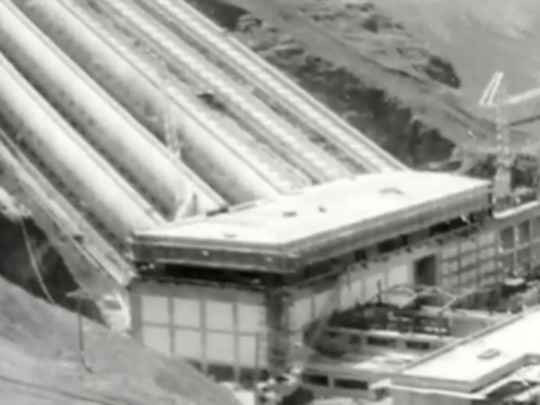
These New Zealanders - Benmore
Features hydro construction
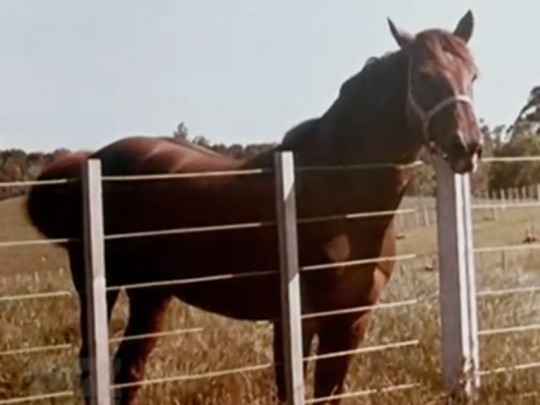
Bred to Win
A 60s documentary on horse racing in NZ
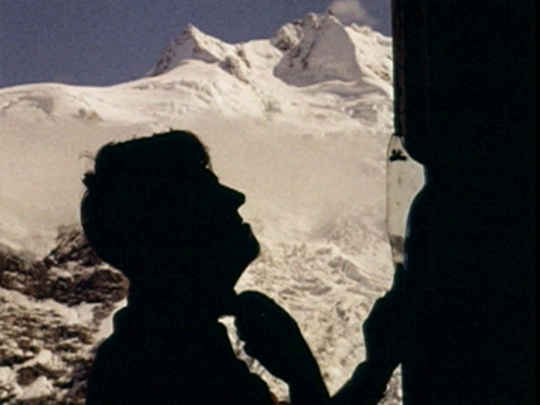
The Glacier Climbers
A mountain crossing featuring Sir Ed
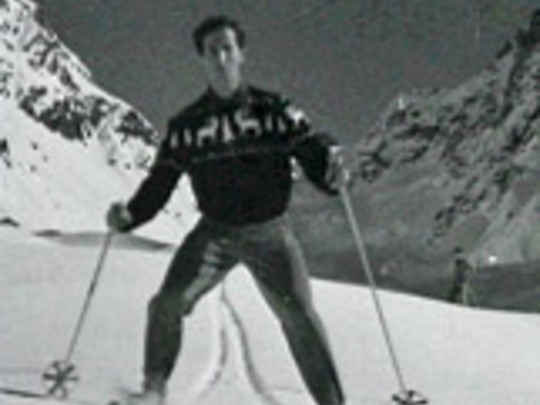
Weekly Review No. 267 - Winter Sports at Mount Cook
Another early NFU doco featuring Mt Cook
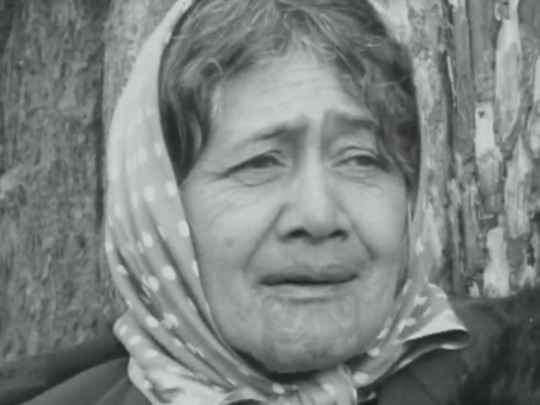
People of the Waikato
More dam workers in action
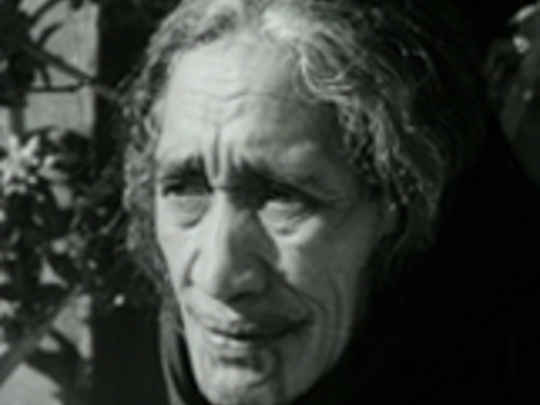
Meet New Zealand
Another NFU film made by Forlong for a UK audience
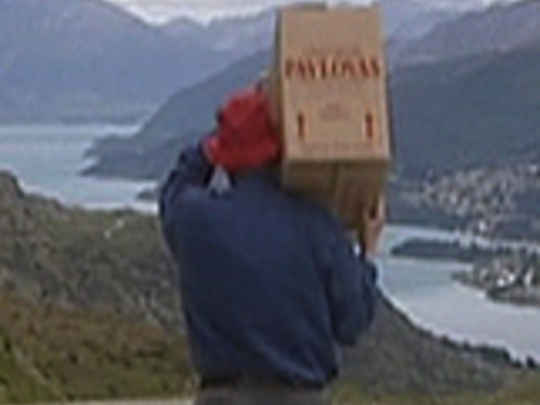
Pavlova Paradise Revisited - First Episode
Another Brit journeys to NZ
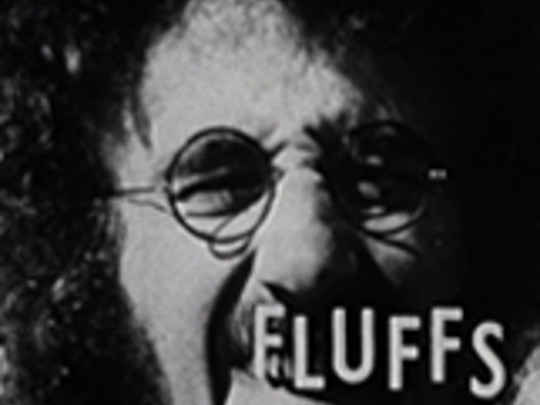
The South Tonight - 1975 Final Episode
More induction lessons for English immigrants
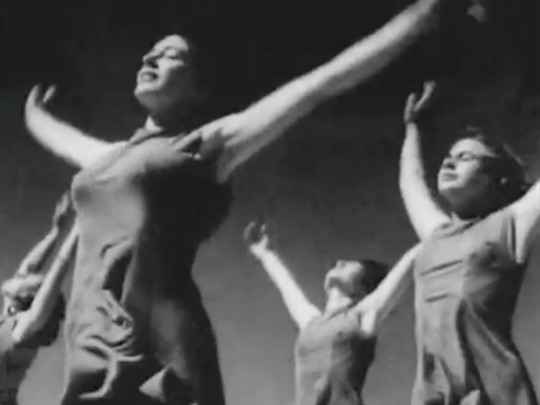
Weekly Review No. 346 - Rhythm and Movement
Another NFU film scored by Lilburn
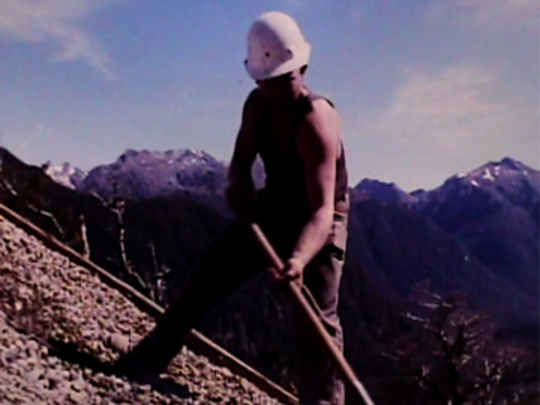
The Line
More dam work
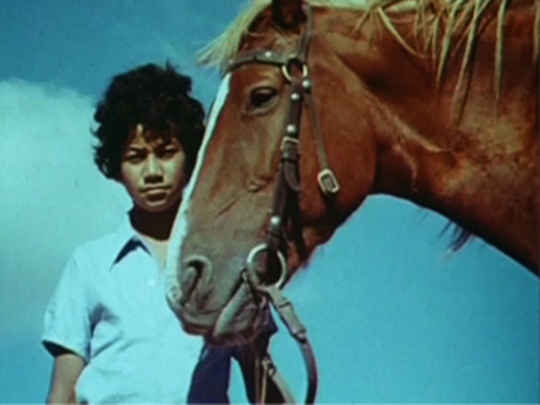
Rangi's Catch
Also directed by Michael Forlong
Which size would you like?
Copy this code and paste it into your website.
<!-- Start NZ On Screen - Journey for Three - Badge -->
<a href="https://www.nzonscreen.com/title/journey-for-three-1950" > <img src="https://www.nzonscreen.com/content/badges/journey-for-three-1950.horizontal-badge.jpg" width="330" height="90" alt="Journey for Three" /></a>
Which clip would you like to embed?
Start clip at:
eg. 1m7s
At end of clip:
Would you like the clip to be a fixed size or responsive?
Copy this code and paste it into your website.
<!-- Start NZ On Screen -
Journey for Three
- Clip: Journey for Three (clip 1)
Size:
585
by
410
-->
<iframe width="585"
height="410"
style="width: 585px"
src="https://www.nzonscreen.com/embed/7ef579338f0e194b" frameborder="0" allowfullscreen ></iframe>
<!-- End NZ On Screen -
Journey for Three
- Clip: Journey for Three (clip 1)
-->
<!-- Start NZ On Screen -
Journey for Three
- Clip: Journey for Three (clip 2)
Size:
585
by
410
-->
<iframe width="585"
height="410"
style="width: 585px"
src="https://www.nzonscreen.com/embed/b52f6f48e3d97857" frameborder="0" allowfullscreen ></iframe>
<!-- End NZ On Screen -
Journey for Three
- Clip: Journey for Three (clip 2)
-->
<!-- Start NZ On Screen -
Journey for Three
- Clip: Journey for Three (clip 3)
Size:
585
by
410
-->
<iframe width="585"
height="410"
style="width: 585px"
src="https://www.nzonscreen.com/embed/518f27da9b44579d" frameborder="0" allowfullscreen ></iframe>
<!-- End NZ On Screen -
Journey for Three
- Clip: Journey for Three (clip 3)
-->
<!-- Start NZ On Screen -
Journey for Three
- Clip: Journey for Three (clip 4)
Size:
585
by
410
-->
<iframe width="585"
height="410"
style="width: 585px"
src="https://www.nzonscreen.com/embed/0d01381a6d6b75ba" frameborder="0" allowfullscreen ></iframe>
<!-- End NZ On Screen -
Journey for Three
- Clip: Journey for Three (clip 4)
-->
Neil, if you are tempted to visit New Zealand and if you can afford quality accommodation, may I suggest you avoid all hotels and organise a schedule using the hundreds of superb lodges there are throughout the country. They are all stunningly featured in the Friars Guide to New Zealand Accommodation for the Discerning Traveller. Get hold of a copy and it'll at least whet your appetite to visit the country.
http://www.amazon.co.uk/Friars-Zealand-Accommodation-Discerning-Traveller/dp/1869710630/ref=sr_1_10?s=books&ie=UTF8&qid=1296644522&sr=1-10
- Neil Hornick (London)
Not that Journey for Three exactly stayed in my memory – unlike Robert Newton’s Long John Silver. Just about all I can vaguely recall now is the face of the leading lady and the final glacier rescue sequence.
I hadn’t known until seeing this film again that the Ten Pound Poms scheme applied to New Zealand as well as Australia. Nor that the only foodstuff still rationed in NZ in 1948 (when the film was made) was butter. This general freedom from post-war rationing is one of the attractions of immigration offered to three Brits who meet and become friends on the boat going out: Harry, from Bermondsey is bound for a dam-building job in the outback. Margaret will train as a nurse. And Scots lassie Cassie will work in a wool mill.
As the letters and occasional encounters between the threesome attest, the two young women settle down easily enough; but Harry, who doesn’t care for the dust of the outback, his rudimentary quarters, and the crude joking of his workmates, decides not to complete his two-year stint, despite a growing tendresse between him and Margaret. However, when word comes through that a climber has broken his leg high on a mountain glacier, Harry volunteers to join the rescue team and puts to good use his wartime experience in Normandy as a stretcher-bearer. His experience of genuine mate-ship during this climactic sequence settles the question of his future – he’ll stay.
As if it could have been otherwise. Today the film seems hokey and naïve and the relationships sanitized. It doesn’t help that the acting is amateurish and that the unconvincing gent playing Harry, supposedly from Bermondsey, sounds Antipodean even before he gets there; the sweet-faced Margaret has an odd quasi-American accent but this is explained by a spell as a wartime evacuee in the USA.
In its favour, the film’s black-and-white cinematography is excellent, and it does take care to show that newcomers from abroad could meet with problems of adjustment. Still, as one of Harry’s mates affirms at the end, “New Zealand is a good place if you like plenty of sport and outdoor life.” Not so naff a sentiment when you consider that only four years later, in 1953, a stalwart New Zealander - Sir Edmund Hillary (whom I once saw in the flesh) - did wonders for his country’s image by scaling Everest. That said, as evidence that times have changed since 1948, it’s a bit startling today to see the rescue team offering the injured man a cigarette to help ease his passage down the mountain.
to add to your "People" section at:
http://sounz.org.nz/contributor/composer/1063